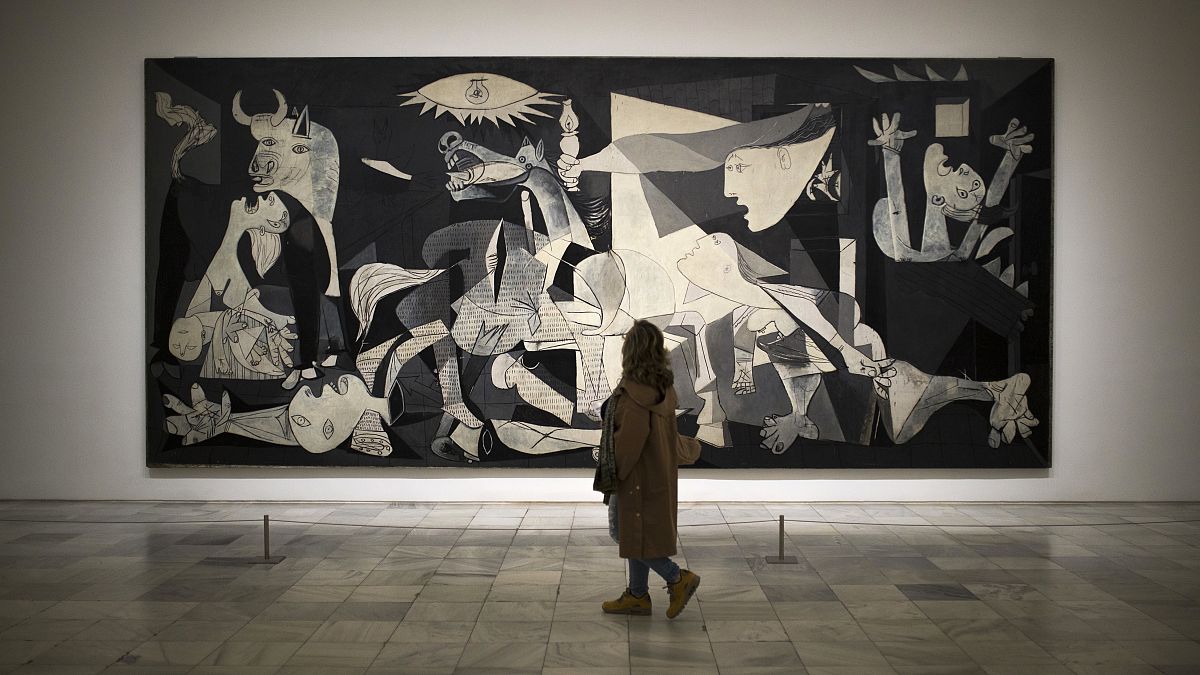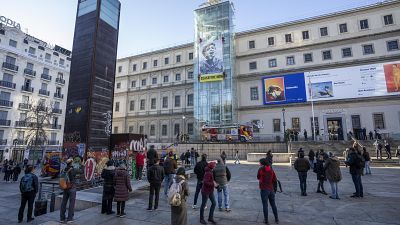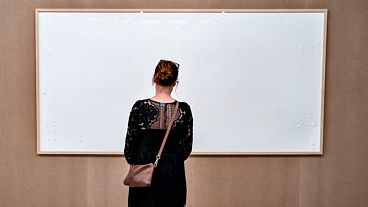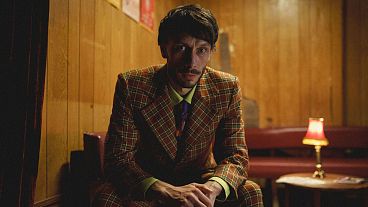For decades, visitors were forbidden to photograph the masterpiece, even without flash.
The Museo Reina Sofia in Madrid has quietly lifted its ban on taking photographs of Picasso’s iconic Guernica painting.
The artwork was transferred from the Museum of Modern Art in New York to Spain in 1981 and has since attracted millions of visitors.
For decades, however, viewers were forbidden to photograph the masterpiece, even without flash.
Here’s why the gallery has chosen to revoke the ban and why it has caused controversy in the past.
Why couldn’t you take photos of Picasso’s Guernica?
Until recently, a photo ban had been in place for years to protect Picasso’s renowned anti-war artwork from camera flashes, tripods or selfie sticks as well as improve visitor experience by reducing visitor traffic jams.
In June 2022, a visitor accidentally damaged the Reina Sofia museum’s ballet set by Alberto Sánchez while taking a selfie.
In the same month, Mick Jagger had a private viewing of Guernica and caused controversy by posting a picture of himself with the masterpiece.
There was a backlash on social media about this apparent bending of the rules, but the museum refused to comment.
You can now take photos of Picasso’s Guernica painting
Manuel Segade, the newly appointed director of the Museo Reina Sofia, made the decision to remove the photography ban on Picasso’s Guernica from September 1 this year.
Segade explained that the change in policy aims to enhance the visitor experience of the museum and allow people to capture memories of their visit.
“Our intention was simply that it could be done normally, not to announce it to the press or anything,” said Segade.
“[We] are constantly mediated by cameras, when we go to a concert, when we go to any cultural event. We believe that it doesn’t make sense that ‘Guernica’ doesn’t have the same iconic character it deserves.”
The photo ban applied to the whole room which housed the Guernica painting. Although this has been lifted, some rules still apply.
Visitors cannot use stabilisation devices, selfie sticks, tripods or flashes.
“I would like us to reach one hundred per cent photographic accessibility, especially for a young audience that lives filtered by a screen. I think it is also important to pay attention to their way of approaching reality,” added the director.



